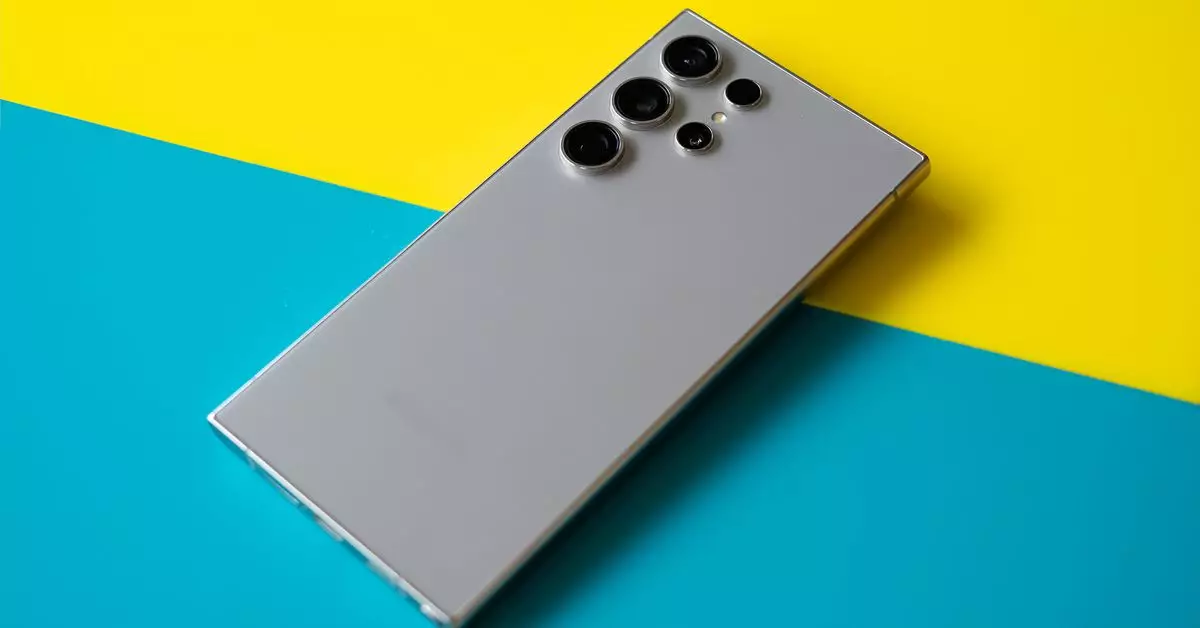As mobile technology advances, high dynamic range (HDR) is becoming a standard in smartphone photography and videography. This technology enhances visual elements by amplifying contrast and color ranges, delivering stunning visuals that appeal to users. However, the rampant sharing of HDR content, especially on social media platforms like Instagram, raises concerns. While HDR can elevate the experience, its overzealous use can also lead to overwhelming brightness, particularly in low-light environments. This not only compromises visual comfort but can also strain eye health, making it essential for users to have control over their viewing experience.
Samsung’s Innovative Approach
Samsung’s upcoming One UI 7 update brings a significant enhancement to this arena. By introducing a “Super HDR” toggle, Samsung allows Galaxy phone users to manage their HDR experience effectively. This feature represents a leap towards personalized control, granting the ability to modulate HDR settings across all applications. The toggle functions as a comprehensive tool that preserves screen brightness while maintaining visual integrity, allowing users to enjoy HDR content without being bombarded by excessively bright visuals. This capability is particularly important for users who frequently browse social media during the night or in dimly lit environments.
A Comparative Analysis: Apple’s Approach to HDR
In contrast, Apple currently offers limited options regarding HDR management. Although activating low power mode on iPhones reduces HDR content intensity, it imposes an array of other restrictions that may not be desirable for users seeking just a slight adjustment. Apple users can disable HDR in the Instagram app’s settings specifically; however, this solution is platform-specific and doesn’t extend to all apps, unlike Samsung’s streamlined feature. This inconsistency highlights a disparity that may compel Apple to reevaluate its HDR management strategies in future updates.
The introduction of a dedicated HDR toggle reflects a broader trend toward user-centric design in technology. As consumers become increasingly discerning about how they interact with their devices, the demand for customizable settings grows. This shift is not only about enhancing user experience but also about acknowledging the varied contexts in which devices are used. Combining practicality with aesthetic enjoyment, a feature like Samsung’s Super HDR toggle could set a precedent in the industry, urging competitors to explore similar options that prioritize user control and visual comfort.
As we look to the future of mobile technology, the ability to control viewing experiences, particularly regarding HDR content, will likely be a significant factor in consumer satisfaction. While Samsung takes an admirable step forward with its One UI 7 update, the challenge now lies with competitors like Apple to innovate and cater to this evolving demand. Users deserve not just top-tier technology, but also the freedom to customize their experience, fostering a more enjoyable and comfortable interaction with their devices.

